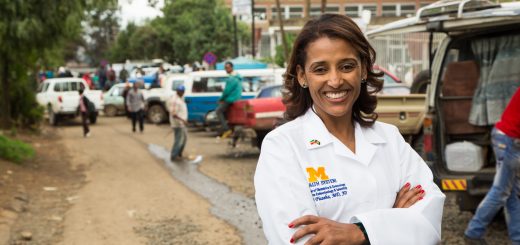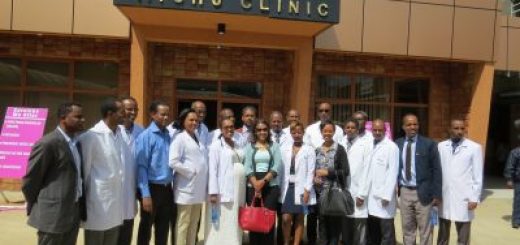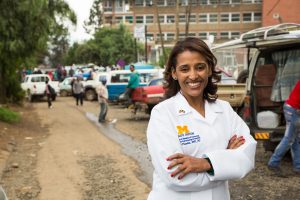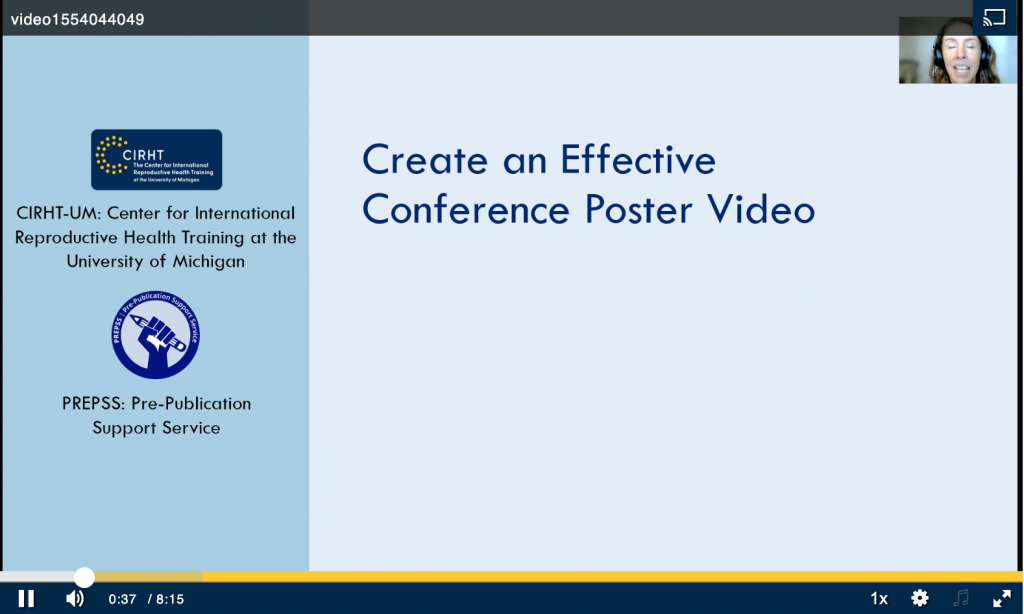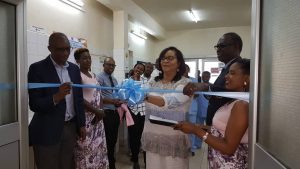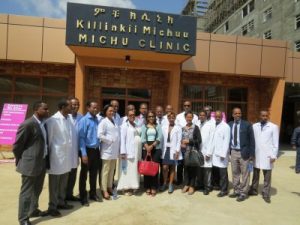Harmonized medical curriculum: Ensuring quality in medical school capacity-building
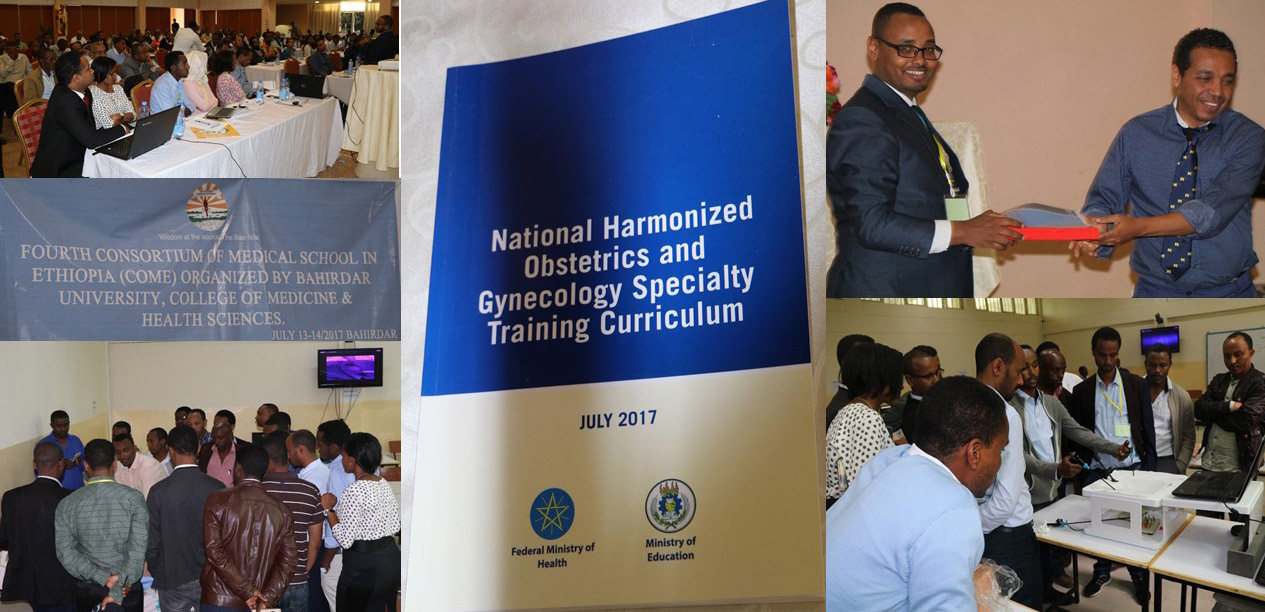
Medical education in Ethiopia has grown significantly in the past decade. Since new policies were introduced in 2005, capacity-building for equity in health care access has been the government’s focus. One result has been the expansion of existing medical schools and the establishment of new ones – from three schools with 120 annual graduates to 33 medical schools (29 public) with 3,000 graduates across the country.
The Federal Ministry of Health (FMOH) wants to ensure that the increased quantity of educated medical professionals is matched by an improvement in the quality of that education and training. Harmonizing the curriculum in all medical schools is an important step in that process. Dozens of deans, administrators, and staff from Ethiopian medical schools gathered in Bahir Dar to see the launch of two modules of that harmonization.
The “Competency-Based Integrated Modular Medical” and “National Harmonized Obstetrics and Gynecology Specialty Training” curricula were unveiled at the two-day meeting of the Consortium of Medical Schools (CoME) on the 13th and 14th of July, which has ambitious goals to expand create collaboration between universities in the areas of Education, Research and Service, including quality assurance, social accountability and advocacy.
The modules were the result of work done by FMOH and the Ministry of Education, with support from the Center for International Reproductive Health Training at the University of Michigan (CIRHT), as well as ICAP at Colombia University and a consensus of the medical schools.
FMOH Human Resource Directorate Director Dr. Getachew Tollera said the new curriculum gives more emphasis to professional ethics and communication, which the currently-used curriculum lacks to address. “Every specialty has a public health aspect, so that medical professionals understand their community better and are able to give compassionate and respectful care.”
Implementation of the curriculum in all universities might take two years, considering factors like physical infrastructure and staff capacity. Some universities, including St. Paul’s Hospital Millennium Medical College, Addis Ababa’s Black Lion and Mekele University have already started partial implementing aspects of the curriculum.
Another element in improving family planning education is enhancing or establishing hands-on training facilities. At the ten CIRHT partner universities, in collaboration with FMOH, skill labs have been created for medical as well as midwifery students, along with development of coursework and tracking systems. As the CoME meeting ended, the deans of the partner schools toured the Bahir Dar University skill lab. As with the curriculum, each of the skill labs has the same equipment, including high-tech and low-tech laparoscopy simulators and Victoria S2200, “the world’s moist lifelike childbirth simulator.”
Dr. Solomon Biza, CIRHT’s Education and Training Director, said “The new generation of medical professionals is lucky to be able to get hands-on training on the high fidelity simulators which enable students to get the required skills and practice in a risk-free and controlled environment.” After the tour, the deans agreed.

